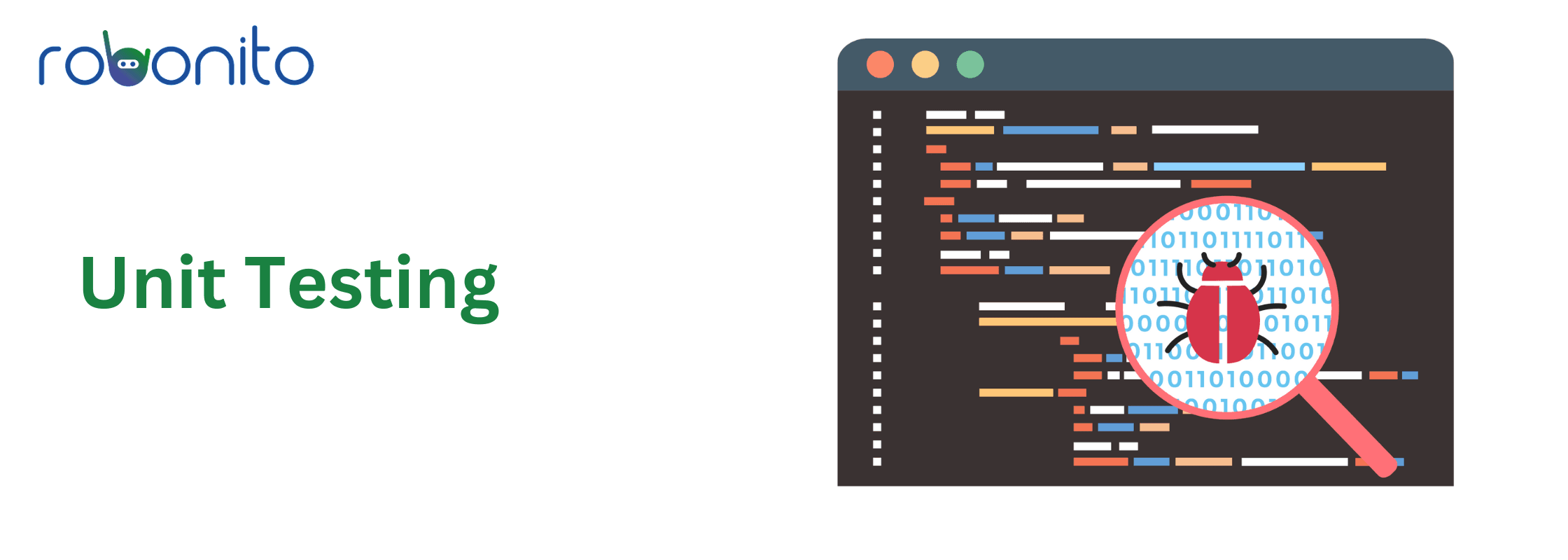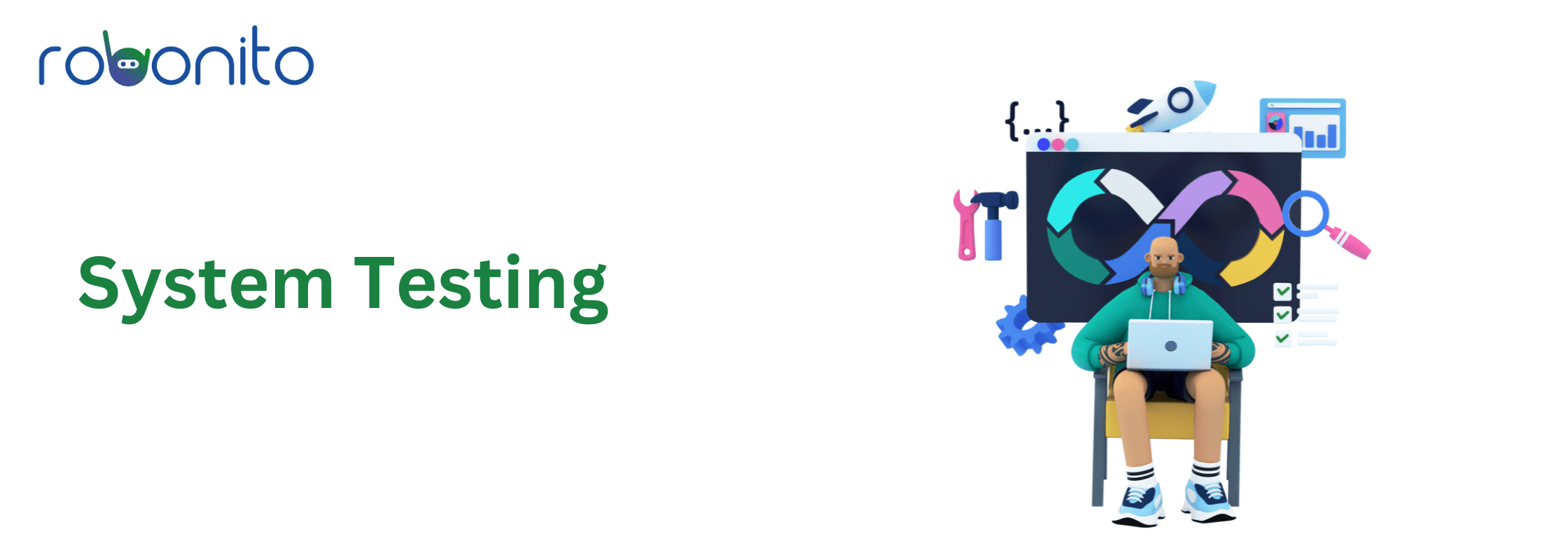Welcome to the guide in Levels of Software Testing. Software testing plays a crucial role in the development process, ensuring that software applications meet the expected quality standards and perform as intended. It involves a systematic evaluation of a software system to identify any defects or errors before it is deployed to end users. To achieve thorough testing, software testing is performed at multiple levels, each serving a specific purpose and addressing different aspects of the software.** In this article, we will explore the various levels of software testing and their significance.**
Introduction to Levels of Software Testing

Without software testing, the software development life cycle (SDLC) cannot be finished. Software needs to be examined and verified to make sure it meets all requirements and functions as intended. By carefully testing their work, developers may increase the dependability of their program, identify and fix issues, and provide users with high-quality results.
Levels of Software Testing
1. Unit Testing

Unit testing is the first levels of software testing, focusing on testing individual components or units of code. It involves testing small, independent modules to ensure that they function correctly. Unit tests are typically written by the developers themselves and are executed during the development process. By isolating and testing individual units, developers can detect defects early and ensure that each component works as intended.
2. Integration Testing

Integration testing involves testing the interaction between different modules or units of code. It ensures that these units work together seamlessly and produce the desired outcome. Integration testing can be performed in different ways, such as top-down, bottom-up, or sandwich testing. This level of testing helps identify defects that may arise due to the integration of multiple components.
3. System Testing

System testing is conducted on the complete software system to evaluate its compliance with specified requirements. It focuses on testing the system as a whole rather than individual components. System testing verifies the system's functionality, performance, reliability, and other non-functional aspects. Testers simulate real-world scenarios to ensure that the software meets user expectations.
4. Acceptance Testing

Acceptance testing is performed to determine whether the software meets the customer's requirements and is ready for deployment. It involves executing test scenarios that simulate real-life usage and evaluating the software's behavior against predefined acceptance criteria. This level of testing ensures that the software satisfies the end user's needs and performs as expected.
5. Regression Testing
Regression testing is carried out to validate that recent changes or modifications in the software do not impact existing functionality. It involves retesting previously tested functionalities to ensure that they still work correctly. Regression testing helps detect and fix any defects or issues that may arise due to changes made during the development process. It ensures that the software remains stable and functional throughout its lifecycle.
6. Performance Testing
Performance testing evaluates the software's performance and responsiveness under various conditions and workloads. It helps identify performance bottlenecks, such as slow response times or high resource consumption. Performance testing includes load testing, stress testing, and scalability testing to ensure that the software can handle expected workloads without performance degradation.
7. Security Testing
Security testing is performed to identify vulnerabilities and weaknesses in the software that could be exploited by malicious actors. It includes testing for authentication, authorization, data integrity, and confidentiality. Security testing helps ensure that the software protects sensitive data and is resistant to external threats.
8. Usability Testing
Usability testing focuses on evaluating the software's user-friendliness and ease of use. It involves testing the software with real users to gather feedback and identify any usability issues. Usability testing helps improve the user experience and ensures that the software is intuitive and accessible to its target audience.
9. Alpha and Beta Testing
Alpha and beta testing involve releasing the software to a limited group of users for evaluation. Alpha testing is conducted by a select group of users within the development organization, while beta testing involves a larger group of external users. These testing phases provide valuable feedback, allowing developers to identify bugs, gather user opinions, and make necessary improvements before the final release.
10. Exploratory Testing
Exploratory testing is an approach where testers explore the software without predefined test cases. It involves actively learning about the software, experimenting with different inputs and scenarios, and uncovering defects or issues that might not be identified through traditional testing methods. Exploratory testing is useful for discovering unexpected behaviors and improving test coverage.
11. Ad Hoc Testing
Ad hoc testing refers to informal testing performed without any predefined test cases or plans. Testers perform ad hoc testing based on their intuition, experience, and domain knowledge. It can be useful in identifying immediate defects or issues during the early stages of testing. However, ad hoc testing should not replace structured testing approaches, as it may overlook important scenarios.
12. Smoke Testing
Smoke testing, also known as build verification testing, is a preliminary test performed to check if the most critical functionalities of the software work as expected after each build or release. It aims to identify major defects early in the testing process. Smoke testing helps ensure that the software is stable enough to proceed with further testing.
13. Sanity Testing
Sanity testing is a quick subset of regression testing that focuses on testing specific areas or functionalities of the software. It aims to determine whether the most critical defects have been fixed and if the software is ready for more comprehensive testing. Sanity testing helps save time and effort by quickly identifying show-stopping issues.
14. Recovery Testing
Recovery testing evaluates the software's ability to recover from various failures or malfunctions. It involves intentionally causing failures, such as abrupt system shutdowns or network outages, and verifying if the software can recover gracefully without data loss or corruption. Recovery testing helps ensure the software's reliability and resilience in challenging situations.
15. Compatibility Testing
Compatibility testing ensures that the software functions correctly across different platforms, operating systems, browsers, and devices. It validates the software's compatibility with various configurations and verifies that it works as expected in different environments. Compatibility testing helps deliver a seamless user experience regardless of the user's choice of technology.
Revolutionize your software testing with Robonito, the ultimate no-code RPA automation testing tool. Say goodbye to endless testing hours – Robonito slashes testing time by a staggering 98%! Ready to experience the future of software testing? BOOK A FREE DEMO NOW and transform your testing process today!
Conclusion
Software testing is a critical process in the software development life cycle. By testing at different levels, developers and testers can identify and address defects, enhance software quality, and meet user expectations. Each levels of software testing serves a specific purpose and contributes to the overall success of a software project.
In conclusion, understanding the various levels of software testing is essential for software developers, testers, and stakeholders involved in the software development process. By incorporating a comprehensive testing strategy that covers different testing levels, organizations can ensure the delivery of high-quality software that meets user needs and performs reliably.
Revolutionize your software testing with Robonito, the ultimate no-code RPA automation testing tool. Say goodbye to endless testing hours – Robonito slashes testing time by a staggering 98%! Ready to experience the future of software testing? BOOK A FREE DEMO NOW and transform your testing process today!
FAQs
Why is software testing necessary?
Software testing is necessary to identify and fix defects, ensure software quality, and deliver a reliable and user-friendly product. It helps enhance customer satisfaction and minimize risks associated with software failures.
What is the role of automated testing in software testing?
Automated testing plays a crucial role in software testing by enabling the execution of repetitive tests, improving efficiency, and detecting defects early in the development process. It helps save time and effort, especially for regression testing.
Can software be released without any testing?
Releasing software without any testing is highly risky and can lead to severe consequences, including poor user experience, security vulnerabilities, and financial losses. Testing is crucial to ensure software reliability and mitigate potential risks.
How does performance testing contribute to software development?
Performance testing helps identify performance bottlenecks, assess the software's scalability, and ensure it can handle expected workloads. It plays a vital role in delivering high-performing software that meets performance requirements.
What is the difference between alpha and beta testing?
Alpha testing involves testing the software by a select group of users within the development organization, while beta testing involves a larger group of external users. Alpha testing focuses on early feedback, while beta testing gathers user opinions before the final release.
